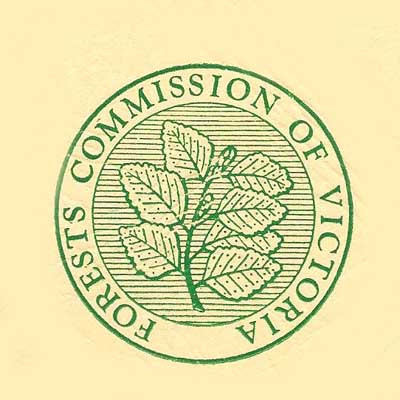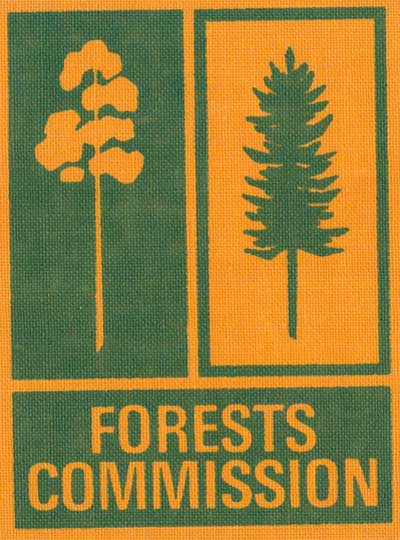Debating Forestry - Preamble
S Legg
My PhD explores how the governments of Victoria and South Australia engaged with, and developed, forestry policy during the long formative period before 1947. That was a time dominated by calls for forest protection against a wide range of powerful, destructive forces including agriculture, grazing and mining. The thesis also traces the development of the early forest services and their role in informing, and implementing, forestry policy, and how that was expressed in the landscape.
Forestry was often portrayed by its advocates as giving value to otherwise economically-valueless natural resources, where there was no, or very little, opportunity cost of deforestation. Policy progress generally occurred only when it was accepted that forests could be given economic value, such as with forestry to supply the timber and later paper industries, or in terms of import-replacement. The supply of pit-props, construction timber and firewood fuel to the corporate mining industries in the late-Nineteenth century proved a critical but short-lived stimulus to sustainable-yield forest management. Demands for forests to include water catchments, wildlife conservation, recreation opportunities, and even climate-amelioration, helped diversify political calls for action to ‘Save the Forests’ – ironically for utilitarian purposes. These demands were increasingly accommodated by multiple use forestry policy and practice. However, this proved increasingly problematic especially as conflicts arose over water management, and the growing industrialisation, intensification and export orientation of wood supply to ‘add value’.
The parliaments were forums for considering contested ideas and, more significantly, contested values. Inevitably the dominant values helped determine which ideas or knowledge was sought, heard, legitimised and incorporated into legislation. Knowledge was essentially cumulative and dynamic in the long-term – responses to bushfire tragedies, encounters with novel environments and changing geographies, sylvicultural discoveries, new management styles, recognition of the crucial role of forests in water and soil protection, etc. were all factors that episodically enriched forestry policy and practice. Nevertheless, the information considered by parliament was broadly paradigmatic; successive parliaments set boundaries of relevance and legitimacy. The information accepted or rejected during policy debates was generally influenced by powerful parliamentary cliques and occasionally convenient alliances of self-interest, generally within each government. Influential individuals and organisations, both inside and outside the government apparatus, were also important. Collectively, and amidst the fluctuating fortunes of other industries vying to use the forests, that contributed to a very prolonged struggle to implement forestry policy and later to ensure its survival.






